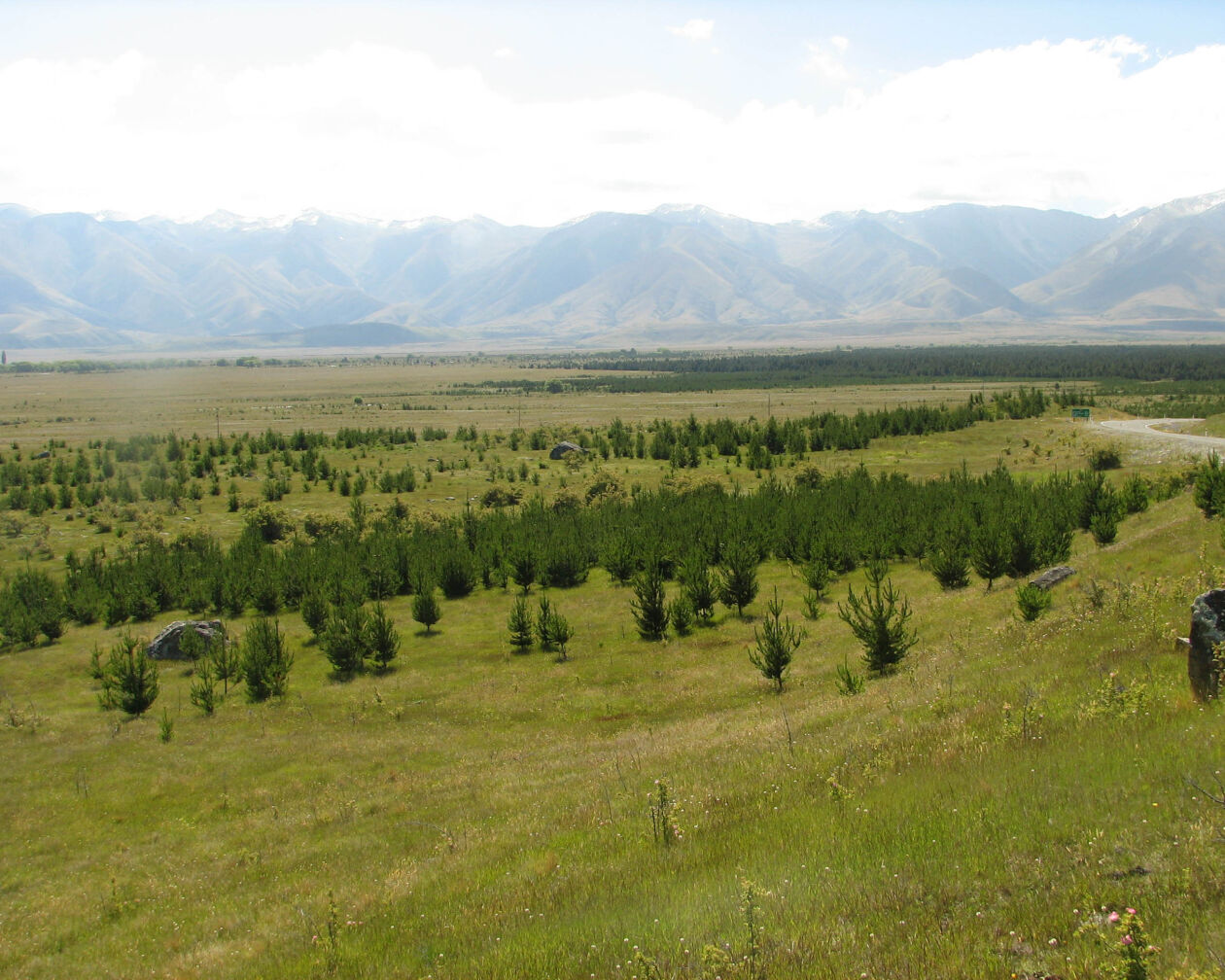Living
Wrong Tree, Wrong Place
Once they get established, wilding pines spread quickly, threatening our unique natural environments and regional economies.

It is estimated that wilding pines could cover more than 20% of the New Zealand landscape within the next three decades if the problem plants are not brought under control.
Classified as weeds, wilding pines are the plants which pose the biggest threat to New Zealand’s unique environment: as much a menace as stoats, rats and possums.
A handful of wilding pines can spread their seeds on the wind for miles. Self-seeding and not planted intentionally, wilding pines grow very densely – taking the sun, water and nutrients other plants need. Unlike native New Zealand bush, where a wide variety of species exist together, wilding pines produce forests which largely support only other wilding pines, forcing out native plants and animals. They also increase the intensity and hazard of wildfires and reduce available ground water.
Renowned artist Sir Grahame Sydney knows the threat the plants pose all too well. Famed for his wide-open landscape compositions, Sir Grahame has seen first-hand the devastating affect wilding pines have had on large stretches of Central Otago.
“They are nothing but a menace. They are a cancer on the landscape,” he says. “The Central Otago landscape is particularly distinctive, but there are all sorts of distinctive landscapes throughout New Zealand. And all of them are threatened by wilding pines.”
Wilding pines are a problem in almost every region, from Northland to Southland. Some of New Zealand’s most iconic landscapes, such as Central Otago, Mt Tongariro, the Coromandel coastline, MacKenzie Basin, and the dunes of Northland are all under threat.
“I’ve lived here for 24 years, and I have watched the landscape completely change,” continues Sir Grahame.
“The threat to our natural landscape is huge – this is, after all, the foundation of our tourism industry. On the whole, people don’t flock to New Zealand for the culture or the architecture or a lovely sense of civilization that is hundreds of years deep, because we just don’t have that. They come here to look at our country and enjoy how different it is to where they’ve come from. But the wilding pine cancer is a blanket across that distinction.”
In 2014 it was estimated wilding pines were spreading by more than five percent – around 90,000 hectares – each year. If left unchecked, the trees would cover 20% of New Zealand by 2030.
This could have an economic cost of $4.6 billion, due to the negative impact of wilding pines on primary production, biodiversity, hydroelectrical power generation and irrigation.
Thankfully, there has been an active response to the issue in recent years.
The New Zealand Wilding Conifer Management Strategy 2015-2030 was developed in response to the threat, and the National Wilding Conifer Control Programme was established in 2016 to deliver on the goals of the strategy.
The management strategy aims to prevent the spread of wilding pines and eradicate established areas by 2030. It balances the good and bad of conifers – minimising the negative impacts of wilding conifers, while keeping beneficial conifer plantings. The strategy was developed by Biosecurity New Zealand (part of the Ministry for Primary Industries) and a working group with a range of perspectives. This work was done in association with the National Wilding Conifer Management Group (now the Wilding Pine Network).
But the strategy also highlights that wilding pine management is a complex and long-term undertaking.
“It obliterates anything which is ours and it changes the way everything looks here, separate and different to the way it looks everywhere in the world,” Sir Grahame concludes.
“And if you want that homogeneity, if you want that sameness, then go for it, don’t do anything. But if you want to preserve it, you better do it now.”

